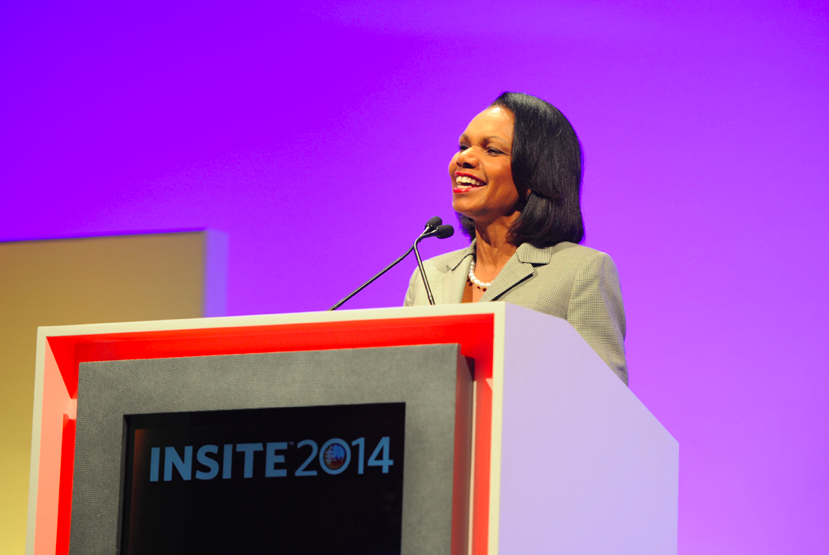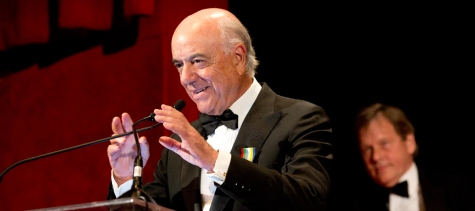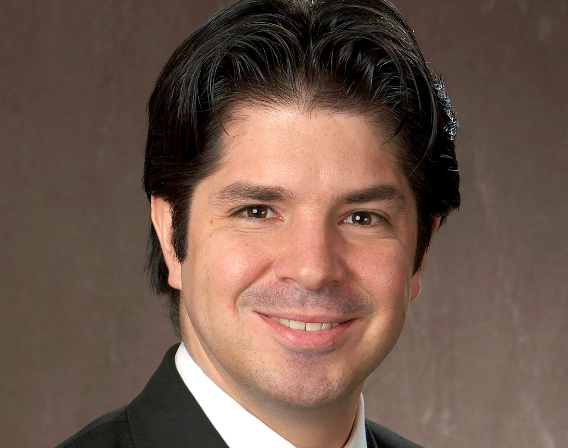Condoleezza Rice Reviews Current Issues to Over 1,000 Professionals at Pershing’s INSITE 2014
| For Fórmate a Fondo | 0 Comentarios

On Wednesday, Condoleezza Rice, former U.S. Secretary of State and former National Security Advisor, shared her experiences and stories from her time in the Bush Administration with a captive audience at Pershing’s INSITE 2014, where she served as keynote speaker.
Speaking to an audience of over 1,000 professionals, in Hollywood, a city north of Miami (Florida), Rice pointed out that in recent years there have been three events that have marked the world: the 9/11 terrorist attacks, the 2008 crisis, and the Arab Spring. During the first two she was Secretary of State and then National Security Advisor to President George W. Bush, while she experienced the last of these events from the sidelines.
Likewise, she went over several current issues and the role of the Obama Administration in each of those; a role which, according to Rice, should be much more forceful and firm in some cases, such as the Ukrainian crisis, in which she believes Washington should strengthen its presence in the Baltic region, sending out a clear message to Russian President Vladimir Putin, whom she labeled as a “mental maniac” among other things, but not suicidal, so that if the United States strengthens its military presence in the Baltic states it would help to reduce tensions in the area.
President Obama, who is traveling through Europe this week, announced his plans, before landing in Warsaw, to increase military presence in the region as well as a package of 1,000 million dollars to boost troop deployments and exercises throughout Europe, a change after two decades in which the U.S. trend was to reduce its military presence in Europe.
As for her views on the current situation in Venezuela, Rice said that the late Hugo Chavez’s successor is very similar “but without the charisma, and not as funny as his predecessor.” She believes that Nicolas Maduro cannot retain power for much longer and also finds a stronger stance from the White House lacking in dealing with the situation which Venezuela has been suffering for quite a while now, and which has worsened since the opposition decided to take to the streets in February.
According to Rice, President Maduro, who has been in office for just over a year now, may not last much longer if the protests continue in the streets and the social unrest continues to spread. “Maduro cannot withstand an environment in which all of Venezuela’s Latin American neighbors are democratic; unfortunately, he will destroy the country in the meantime, making it much harder to progress,” she added.
Regarding her period as Secretary of State, she acknowledged that 9/11 was one of the hardest moments. She said that a Secretary of State must be firm and therefore cannot always display a cooperative nature; the role also requires maintaining a certain amount of optimism so as not to weary citizens with exposure to so much bad news.








